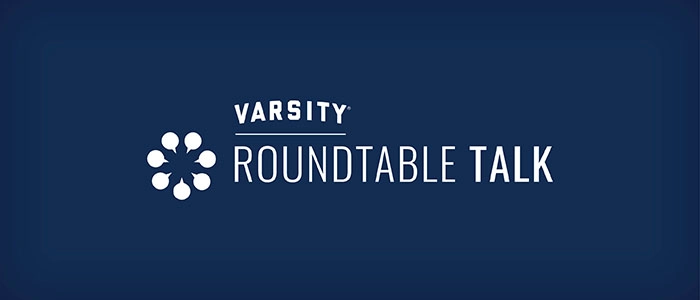AI has officially moved past being a copy assistant and into becoming a full creative studio and operational sidekick. That was the theme Zack Collevechio of WildFig explored as a guest on Varsity’s weekly Roundtable.
From practical demos using Google Gemini to real-world applications like lead nurture, review responses, ad optimization, and market scanning, Zack emphasized that the winning approach is focused scope, clear process, and privacy-forward habits that minimize data exposure instead of relying on disclaimers. Below are a few Fresh Perspectives from his discussion.
AI IS NOW A CREATIVE STUDIO, NOT JUST A WRITING TOOL
The “six fingers” era is fading fast. Text-to-image, image editing, and even audio+video generation are now good enough for real marketing iteration, which changes speed, budget, and expectations.
CONSISTENCY IS THE REAL BREAKTHROUGH
The headline isn’t that AI can generate a pretty image, it’s that it can make one precise change without “drifting” the faces, background, or composition. That unlocks fast A/B testing and brand-safe variations at scale.
THINK “MICRO-AGENTS,” NOT “HANDLE MY BUSINESS”
The most reliable agentic setups are narrowly scoped roles (lead nurture, review response, lead scoring) with clear guardrails and handoffs, instead of one generalist bot that wanders.
AGENTS ARE JUNIOR STAFF WHO NEED SOPs AND OFFRAMPS
If you wouldn’t assign a task without context, rules, and escalation paths, don’t do it with AI. Give it the right data, define approval steps, and tell it what to do when it gets stuck.
SCHEDULED COMPETITOR CHECKS ARE A LOW-RISK ONRAMP TO AGENTIC WORKFLOWS
Weekly or monthly “scan the market and report back” is a practical first use case because it’s repetitive, measurable, and doesn’t require PHI or high-stakes decisioning.
PRIVACY IS A STRATEGY, NOT A DISCLAIMER
“Read the docs” is step one, but the real protection is minimizing data exposure: obfuscate personal details, separate PHI from prompts, and set internal policies so AI doesn’t quietly become an ungoverned workflow.
Varsity’s Roundtable is a weekly virtual gathering of senior living marketers and leaders from across the nation. For updates about future weekly Roundtable gatherings, submit your name and email address here.
